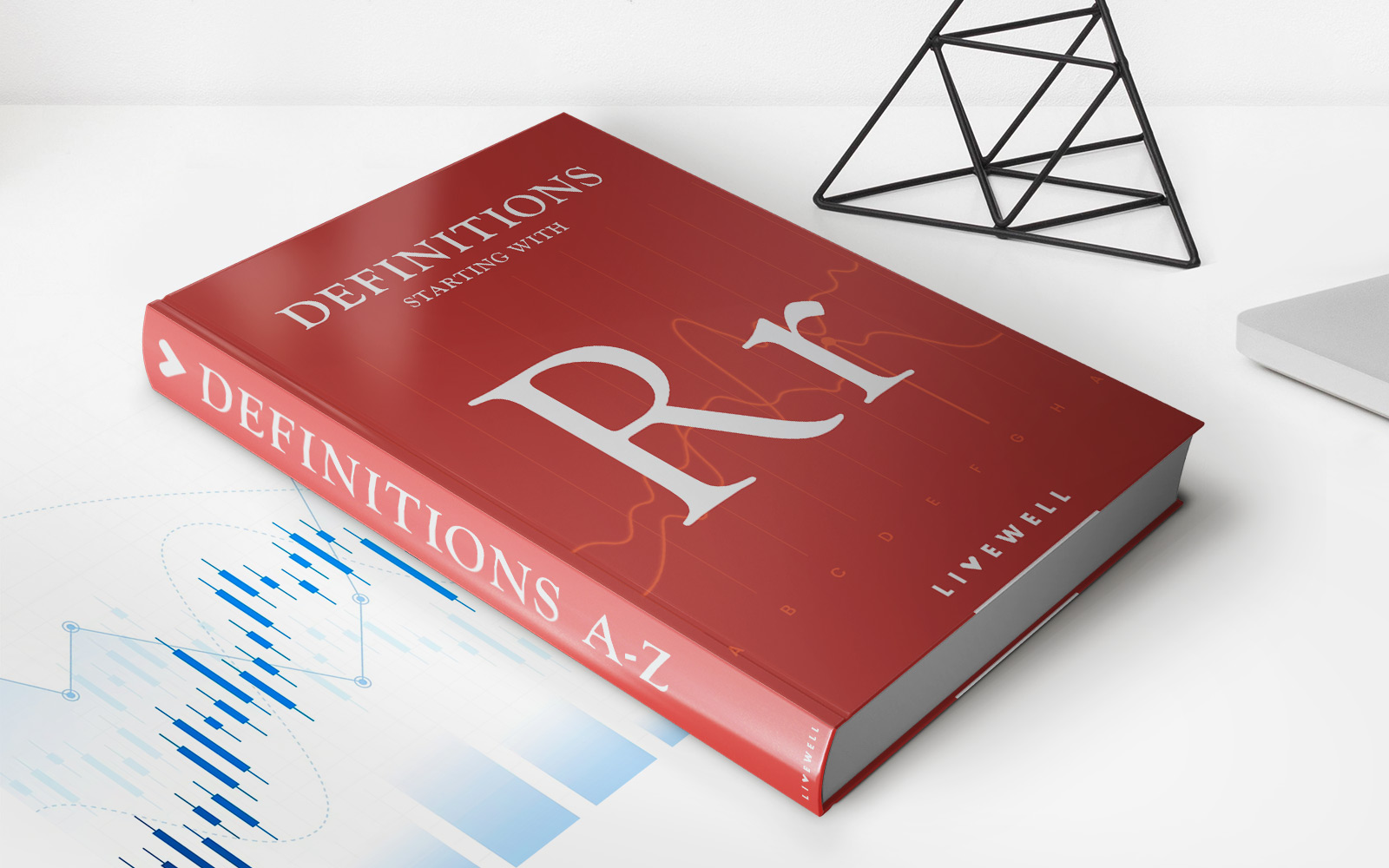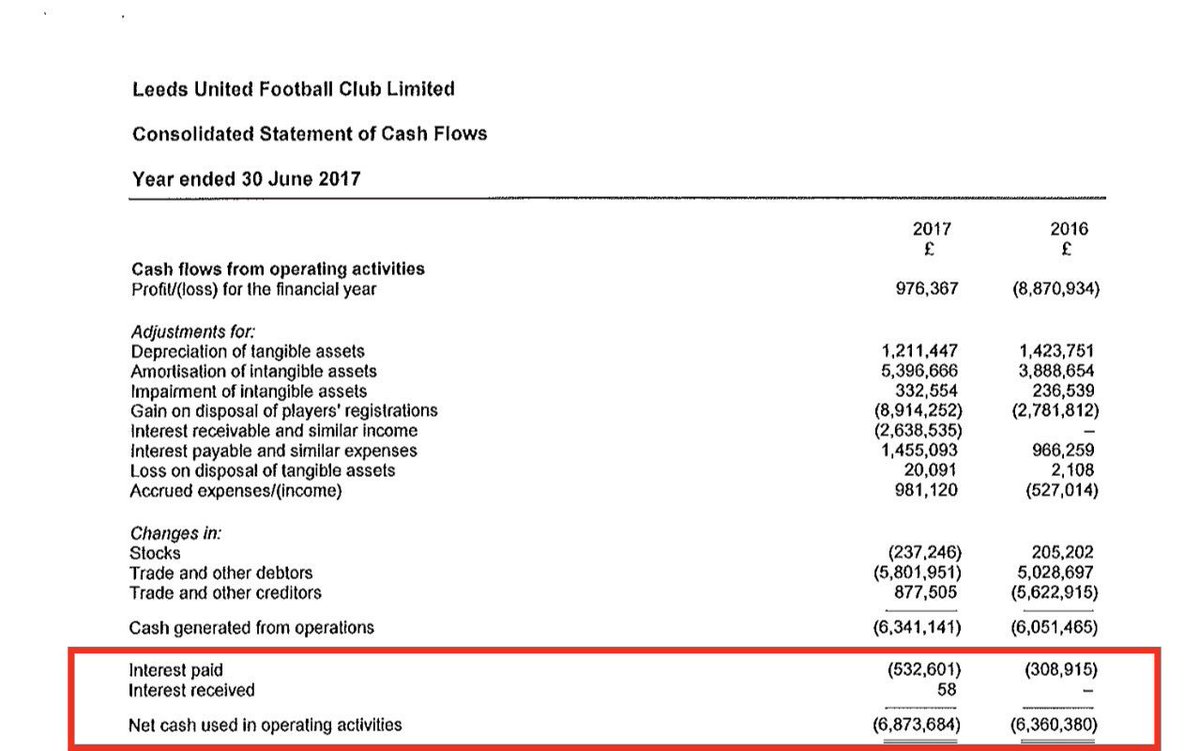Home>Finance>The Golden Rule Of Government Spending: Definition, Applications, US Approach


Finance
The Golden Rule Of Government Spending: Definition, Applications, US Approach
Published: December 3, 2023
Learn about the Golden Rule of Government Spending, its definition, applications, and the US approach in finance. Explore the principles guiding effective financial management.
(Many of the links in this article redirect to a specific reviewed product. Your purchase of these products through affiliate links helps to generate commission for LiveWell, at no extra cost. Learn more)
Understanding the Golden Rule of Government Spending
Government spending is a key component of any nation’s fiscal policy. It determines how much money the government allocates toward various sectors such as infrastructure, healthcare, education, defense, and social welfare. The Golden Rule of Government Spending is a principle that aims to strike a balance between economic growth and fiscal responsibility. In this article, we will delve into the definition, applications, and the US approach to the Golden Rule of Government Spending.
Key Takeaways
- The Golden Rule of Government Spending seeks to balance economic growth and fiscal responsibility.
- It suggests that governments should run budget deficits during economic downturns and budget surpluses during periods of economic growth.
Definition of the Golden Rule of Government Spending
The Golden Rule of Government Spending suggests that governments should strive to reduce debt over the long term by balancing their budget deficits or surpluses. It proposes that during periods of economic downturns, governments can run budget deficits to stimulate economic activity and support the well-being of its citizens. Conversely, during periods of economic growth, governments aim to achieve budget surpluses to pay off any accumulated debt and strengthen the economy for future years.
This approach ensures that governments do not burden future generations with excessive debt and creates a sustainable fiscal environment that promotes economic stability.
Applications of the Golden Rule
The Golden Rule of Government Spending can be applied to various sectors of the economy. Here are a few examples:
- Infrastructure: During economic downturns, governments can invest in infrastructure projects such as building roads, bridges, and public transportation systems. This not only stimulates economic growth but also improves the long-term productivity and efficiency of the country’s infrastructure.
- Educational and Healthcare Systems: Investing in education and healthcare during economic downturns can improve human capital and ensure that citizens have access to essential services. This not only supports individuals during difficult times but also contributes to the long-term growth and development of the nation.
- Deficit Reduction: During periods of economic growth, governments can focus on reducing budget deficits by cutting unnecessary expenses and increasing revenue through taxation or other means. This helps stabilize the economy and ensures that future generations are not burdened with excessive debt.
The US Approach to the Golden Rule
The United States has adopted a flexible approach to the Golden Rule of Government Spending. While the country aims for fiscal responsibility, it recognizes the need for counter-cyclical policies during economic downturns. The US government focuses on investing in infrastructure, job creation programs, and social welfare during times of recession to stimulate economic growth and support the population.
However, in recent years, there has been increasing concern over the rising national debt. Efforts are being made to find a balance between promoting economic growth and addressing the long-term sustainability of the nation’s finances. It is an ongoing process that requires careful planning and decision-making.
Conclusion
The Golden Rule of Government Spending provides guidance on how governments can balance their budgets and ensure long-term fiscal sustainability. By applying this principle, governments can make informed decisions about when to invest, when to reduce deficits, and when to focus on debt reduction. Ultimately, the aim is to promote economic stability and create a sustainable environment for future generations.














